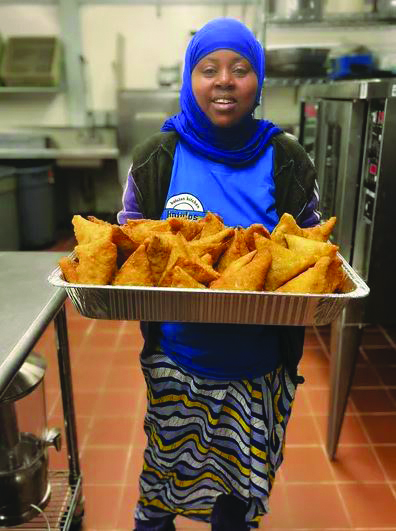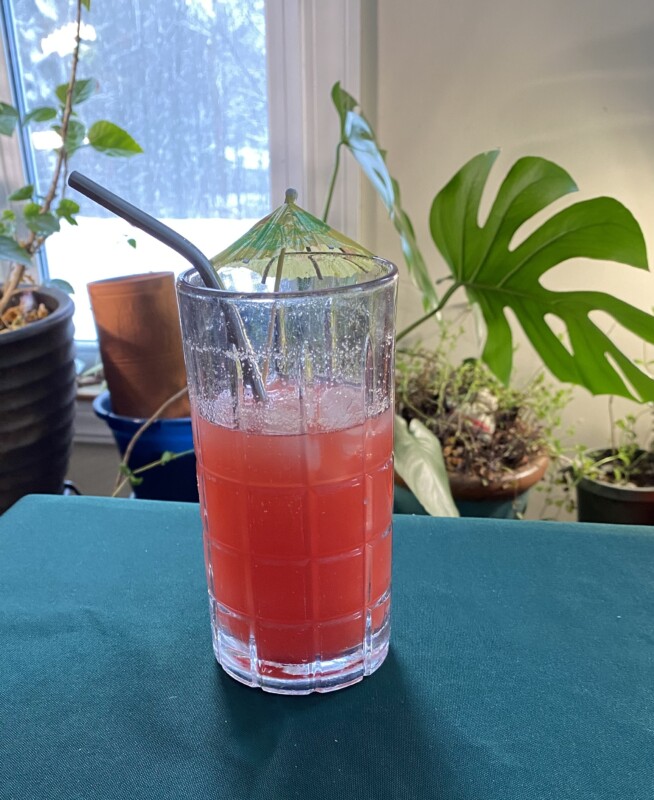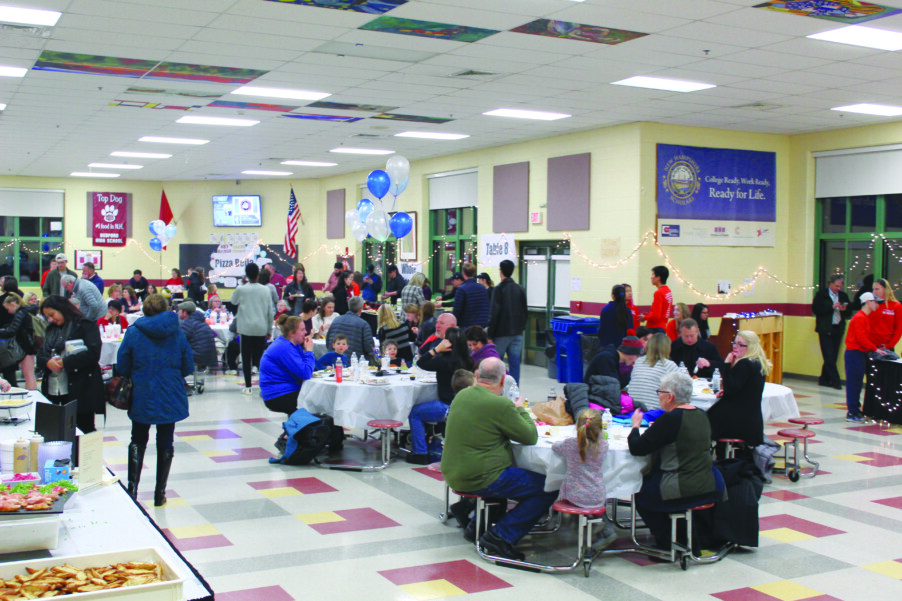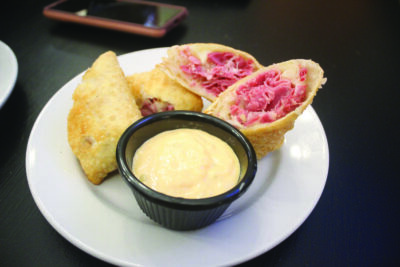Batulo’s Kitchen coming to Concord’s Bank of New Hampshire Stage
At the Concord Multicultural Festival, Batulo Mahamed has gained a reputation over the last decade as one of the event’s most popular food vendors, building a following for her sambusa, or Somali meat pies. You’ll soon be able to enjoy her pies all year round, thanks to the launch of a new culinary artist-in-residence program with Concord’s Capitol Center for the Arts.
Batulo’s Kitchen, set to open Feb. 1 at the Bank of New Hampshire Stage, is the first participant of the new program, which aims to give new Americans an opportunity to start their own food businesses in a low-risk, low-cost setting.
“This is something that I’ve been trying for years to get done through the Multicultural Festival,” said Jessica Livingston, who joined the Capitol Center’s staff in March as community outreach coordinator. “We have several food vendors who are interested in starting a business … and the community obviously wants more access to these delicious foods.”
Livingston met with Sal Prizio, who took over as the Capitol Center’s executive director in late 2021, to discuss the establishment of the program.
“He said that there was a commercial kitchen just sitting there being unused and he wanted to do like a ghost kitchen program,” she said, “and I was like, ‘Wait, what? Are you serious? I’ve been trying to do something like this forever.’ … It’s a way to give back to the community and support local people and their food business endeavors, but it’s also a win-win for us because we can offer something different to the patrons who come here, rather than your typical concessions.”
Mahamed relocated to the United States with her family in 2004 from Somalia. In addition to being a regular vendor at the Multicultural Festival, she operates her own farm and sells her own fresh produce at local farmers markets through Fresh Start Farms.
“I was so excited to talk to Batulo about it because this has been a huge goal of hers, and I’ve always kind of promised that I would help her make it happen,” Livingston said.
Mahamed’s sambusa, known across the Multicultural Festival circuit as simply “Batulo’s meat pies,” are small triangular-shaped pastries that can be stuffed with one’s choice of ground beef, chicken breast or veggies. All are additionally prepared with bell peppers, onions, potatoes, salt, garlic, cilantro and curry powder.
Other than the sambusa, Batulo’s Kitchen’s menu will feature rice and vegetable meals, like basmati rice, stir-fried in onions and seasoned with veggie bouillon, cilantro, cumin and garlic.
“She’s keeping it pretty simple right now to what she knows,” Livingston said. “Her ultimate goal is to build up enough of a customer base and [have] enough income to be able to purchase a food truck when her residency is through with us. … She’ll be here all through 2023.”
Batulo’s Kitchen will soon be accepting orders for lunch pickup, as well as delivery through third-party services like GrubHub and DoorDash. Livingston added that she does expect Mahamed to also continue participating in the Multicultural Festival, due to return to Keach Park in Concord this fall.
“It’s strictly going to be a family business with her kids working with her, and I think that’s really kind of special,” she said. “It’s really all about preserving their culture, but doing it as a family and sharing the food that they love with people here.”
Batulo’s Kitchen
Opening Wednesday, Feb. 1
Where: Bank of New Hampshire Stage, 16 S. Main St., Concord
Anticipated hours: Wednesday through Friday, 11 a.m. to 6 p.m.
More info: Visit batuloskitchen.com, find them on Facebook and Instagram @batuloskitchen or call 848-2204
Featured photo: Batulo Mahamed, owner of Batulo’s Kitchen in Concord. Courtesy photo.







